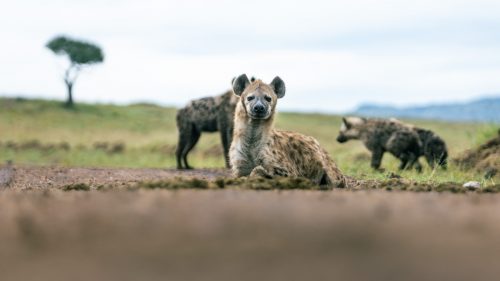
I am happy to say that this week, unlike the last, I didn’t get stuck. The rains have increased over the last few nights and I decided to take a slightly more cautious approach by sticking mostly to the main roads. The adventurer in me struggled with this, but fortunately there is still so much happening on the main roads that it more than made up for it.
This week, I decided to only take images of animals on the road. Of course, there are a few images below of animals slightly off the path, but I can assure you that they are only just slightly off the main road. Most of them are very obviously on the track. So no big lenses needed this week.
At the moment, there is a delightful family of hyenas denning in a culvert pipe directly under the escarpment road. If you sit with them long enough, they relax and a seemingly endless collection of youngsters, varying in size, come out to investigate, play and then to nurse.
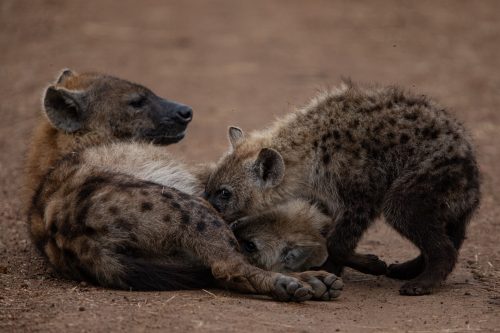


Giraffes continue to thrive in the sanctuary of the Mara Triangle. I am always amazed at just how successful they are here. Such wonderful, delicate, handsome and silent creatures. I have always struggled to photograph them as their height and odd body proportions always seem to confuse the framing and composition
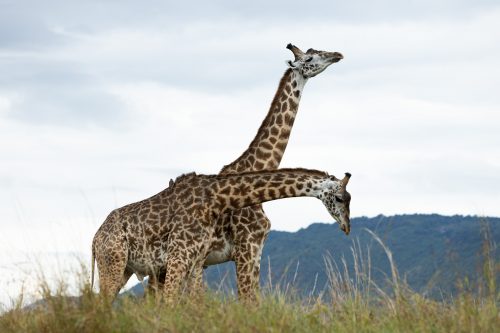



Birds are in the spotlight this week as we marked the eBird Global Birding Big Day, in which the full Angama guiding team participated. I believe they finished just shy of 200 bird species in the Triangle – an excellent effort.

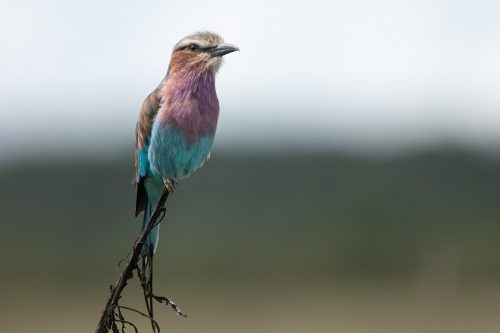

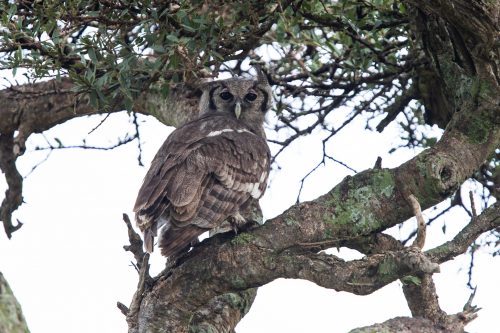
Elephants are often found on the roads – they enjoy walking down the sandy tracks, often sleeping in the verges. There has been a little baby boom in the area and there are lots of little ones running around in the grasses. Sometimes they are so small that you can see only their backs as they move through the vegetation; allowing a proper view only when they run across the track in front of you.
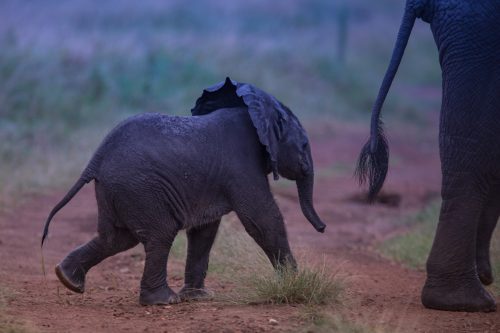
The areas that were burnt by the Mara Conservancy over the last few weeks are bursting with life. Short verdant green nutritious grasses are shooting up and the plains game species are congregating on these grazing pastures.
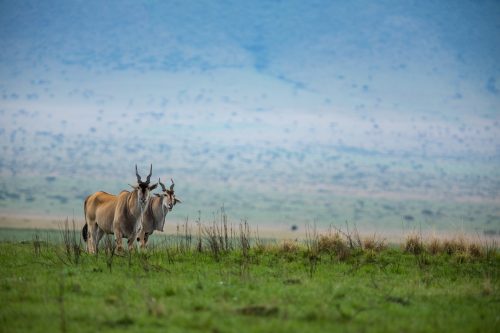
Midweek we found a very large, and very dead hippo, just off the road. When I first found it, he was being fed on by Doa, one of the Bila Shaka males. I am assuming that the hippo died in battle with another hippo as there is no way a single male lion could have taken on a hippo of this size. What is for sure is that this carcass will provide meals for an array of animals: lions, hyenas, jackals and vultures.

Meanwhile, I spent some time with another one of the Bila Shaka males, Kibogoyo, as he walked down the road for almost an hour. It is clear that he has been involved in a number of fights as his face continues to be marred by scars. Of the lions we see regularly in the Triangle, it is Kibogoyo and his battle-marked face, which shows just how brutal the life of a male lion can be.
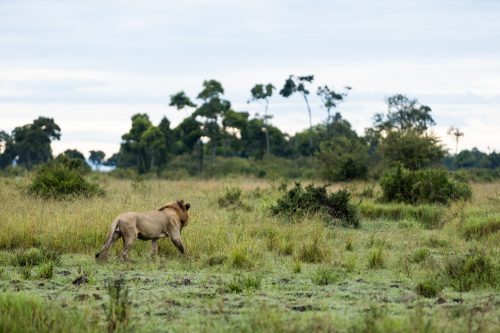
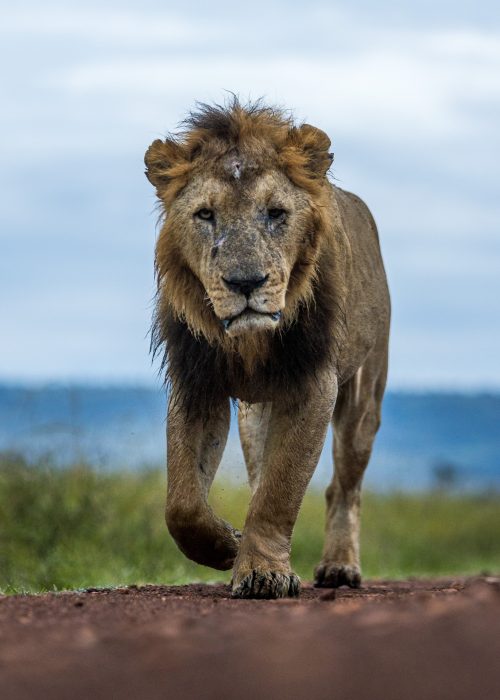
Now I know that these next photographs are not taken on a road, but they are just too wonderful to leave out. In fact, they were taken off the deck of North Camp. So again, no big lens needed. The much-loved hyrax family have had babies…lots of babies. Just yesterday I counted 10 and one of the females is still very obviously pregnant. Could there be anything more heart-warming than sitting quietly on the deck and watching these little ones nestling up to their mother, or playing with one another?


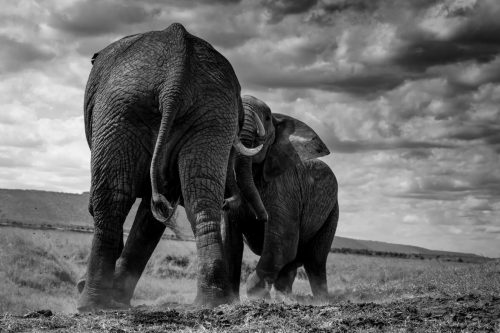
Elephant numbers seem to swell during the wetter seasons. I assume the elephant herds come down into the marshy parts of the Mara to feed. Two years ago I had front row seats to watch an epic battle between two elephants.

I found it amusing to see how this blog, three years ago, also featured our resident, and much-adored, hyrax family.
Filed under: This Week at Angama
Subscribe for Weekly Stories
Comments (0):
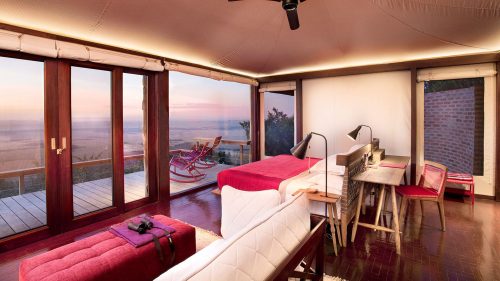
Tented Suites